1.How Does It Work?
When you rub your head with a balloon the balloon will stick tot he wall - why? The reason is that friction made when two different objects are
rubbed together creates static electricity. Three ways to tell if static electricity is present are:
1.it sparks and can shock you
2.it makes a crackling sound
3.it causes things to stick together
Step 1: Rubbing causes the balloon to "steal" electrons from your hair.
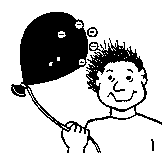
Step 2: The balloon has a buildup of electrons so it has a negative charge. Your hair has
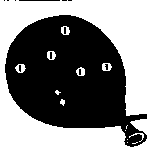
lost electrons so it becomes positively charged.
Step 3: Because opposites attract, the negatively charged balloon will stick to the wall.
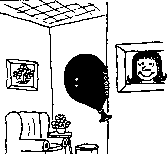
Or
Step 4: If there are enough electrons on the balloon, they will try and "jump" to the
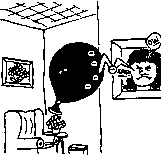
wall and will make a small spark. ZAP!
2.Where Does Static Electricity Occur?
Everyday examples include:
1.dragging rubber soled shoes can "steal" electrons from the carpet and you can usually shock someone with your buildup of electrons.
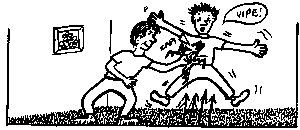
2.certain types of cloth rubbing together in the dryer will "steal" electrons causing clothes to stick together (static cling)
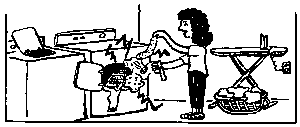
3.electrons collect on your TV screen and produce static electricity.
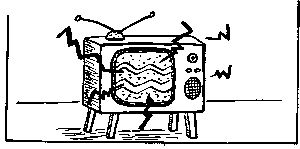
© Copyright 1998, Rainbow Horizons Publishing, Saskatchewan, Canada.. Copyright permission is hereby granted for educational purposes only, otherwise this resource may not be reproduced, modified for
re-sale or sold "as-is" without explicit written permission from the authors.
All educational reproductions of this document must include this copyright notice.